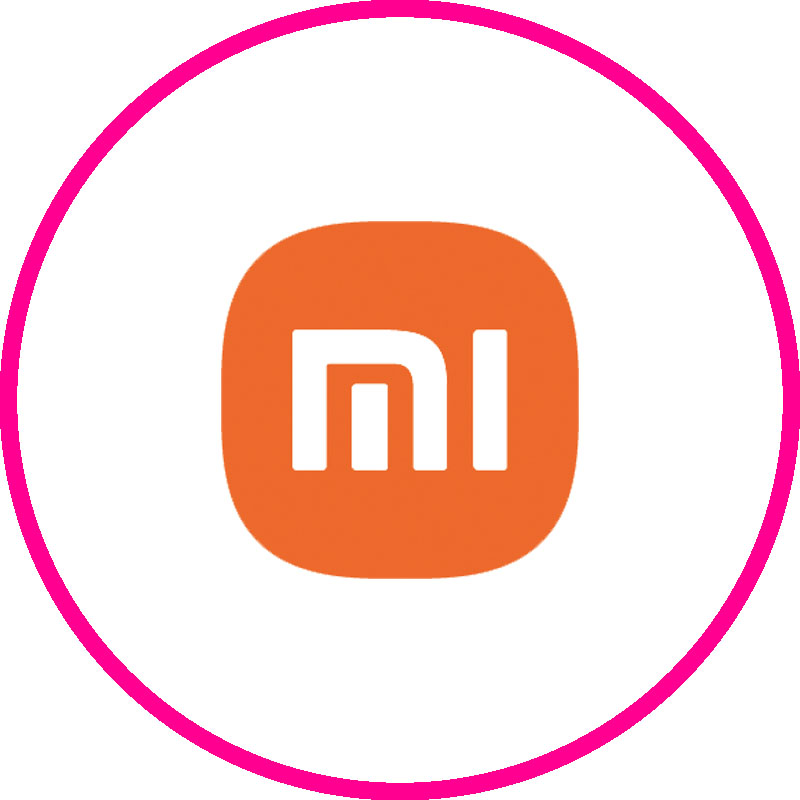-
 Su Yi
IBM
UX Consultant
Su Yi
IBM
UX Consultant
I am currently an iX Experience Design consultant at IBM. I have been engaged in user experience design for 10 years, focusing on design thinking, scenario experience, and helping teams guide decisions based on user needs, user research, and user behavior data. In automobile, manufacturing, agriculture, finance and other industries, I help enterprise-level customers find and solve problems, and drive enterprise transformation and product innovation through construction, thinking and improvement.
Design Philosophy: View each requirement as an opportunity to re-evaluate, improve, and strengthen the current design system. Through the process of building, thinking, and improving, design experiences that truly reach the human heart.
Digital Sustainability: Applying Sustainability Strategies to Borderless Design
What does charging your phone have to do with hurricanes?
We all need to charge our phones two or three times a day, yet the energy needed to do so can be generated by environmentally damaging processes that accelerate global warming, increase pollution and the frequency of hurricane damage around the world. When building a product or creating an experience, we often forget to consider its environmental and social impact. For the sake of immediate user satisfaction and short-term business value, these effects are ignored, but in the long run it will threaten the survival of the enterprise in the future. They lead to significant increases in costs, multiplies risks, and undermines the trust of customers, suppliers, and stakeholders.
Eighty percent of the environmental impact of a product is locked in the design phase, yet designers are often excluded from the consequences of their design decisions. As creators, we are responsible for our products and their impact on society, even if it seems invisible to our users. As IBM designers, we strive to be a catalyst for a better world. We define sustainability as bringing prosperity to all people, society and the environment now and in the future, always seeking to best meet the needs of our users while also considering the social and environmental impact of these choices. My goal is to make sustainability a part of every design choice we make.
This workshop will share the experience of how IBM Innovation Incubation Center builds sustainable operations teams within the framework of sustainable design thinking, and how this team helps enterprises embark on the journey of sustainable development. Combined with the cases of sustainable agriculture and silver economy, the participants were helped to understand the way of sustainable design thinking and explore the boundaries of scope and capability. Empower yourself and your team with sustainable design thinking framework and methods and apply them to your own industry/field, reshape their impact on the ecosystem, and expand the value boundary and human impact in a sustainable way.
The main contents of this workshop include:
1. Concept analysis: digital sustainability
1.1 Origin, evolution and trend of the concept of sustainability
1.2 Definition of sustainability
1.3 Relationship between design and sustainability
1.4 Sustainable design events
1.5 Design influences and digital-centric design boundaries
1.6 Digital Sustainability
2. Case Study: IBM Sustainable Exploration
2.1 Principles of sustainable design
2.2 Sustainable design practice
· Sustainable design thinking framework
· Sustainable design research
· Sustainable design language and system
· Inclusive design
· Design and artificial Intelligence
· Sustainable design measurement and evaluation methods
2.3 Sustainable design culture
· Sustainable education, training and certification system
· Sustainable working methods and tool support
· Implement diverse, equal and inclusive culture
3. Practical interaction: sustainable products
3.1 Product lifecycle Management
3.2 college sustainable development goals
4. Theme thinking: Design for your future self
4.1 Enabling and sustainable design roles
4.2 Sustainable DesignOps
4.3 Designing a Sustainable Future
5. Practical interaction: team sustainability
5.1 Team maturity assessment
5.2 Build a team sustainability framework
1、Workshop Introduction: Brief introduction of sustainable design
2、Background introduction: Sustainable design in the Digital Age
3、Explanation of concept: sustainable development, trend, elements, design boundary
4、Case analysis: The team's sustainable design exploration, process and method
5、Interactive discussion: Sustainable exploration of products (in groups)
6、Theme thinking: Design for your future self
7、Interactive discussion: Sustainable exploration of the team (in groups)
8、Open answers: Free communication during Q&A sessions
9、Summary and review
1、Experienced interaction designers, experience designers and service designers
2、Product Manager, product designer with certain experience
3、Design Manager and responsible person
4、Anyone interested in sustainable design
1、Understand the way of sustainable design thinking and explore the boundaries of scope and capability
2、Master the sustainable design thinking framework and methods to empower myself and my team, and apply them to my own industry/field
3、Know how to expand value boundaries and human impact in a sustainable way
-
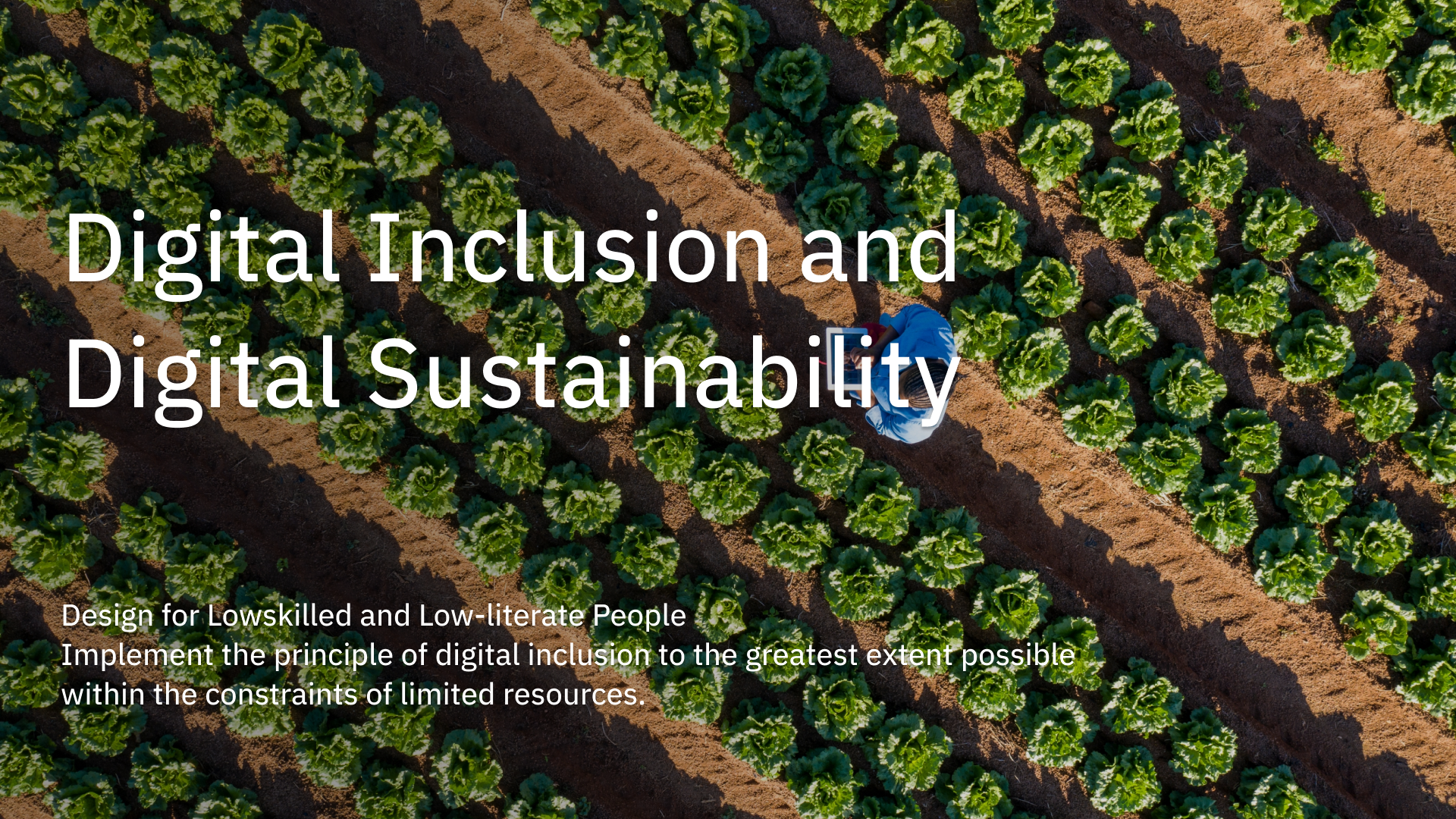
-
 The Silver Economy - Liquidity and sustainability of assets
The Silver Economy - Liquidity and sustainability of assets
-
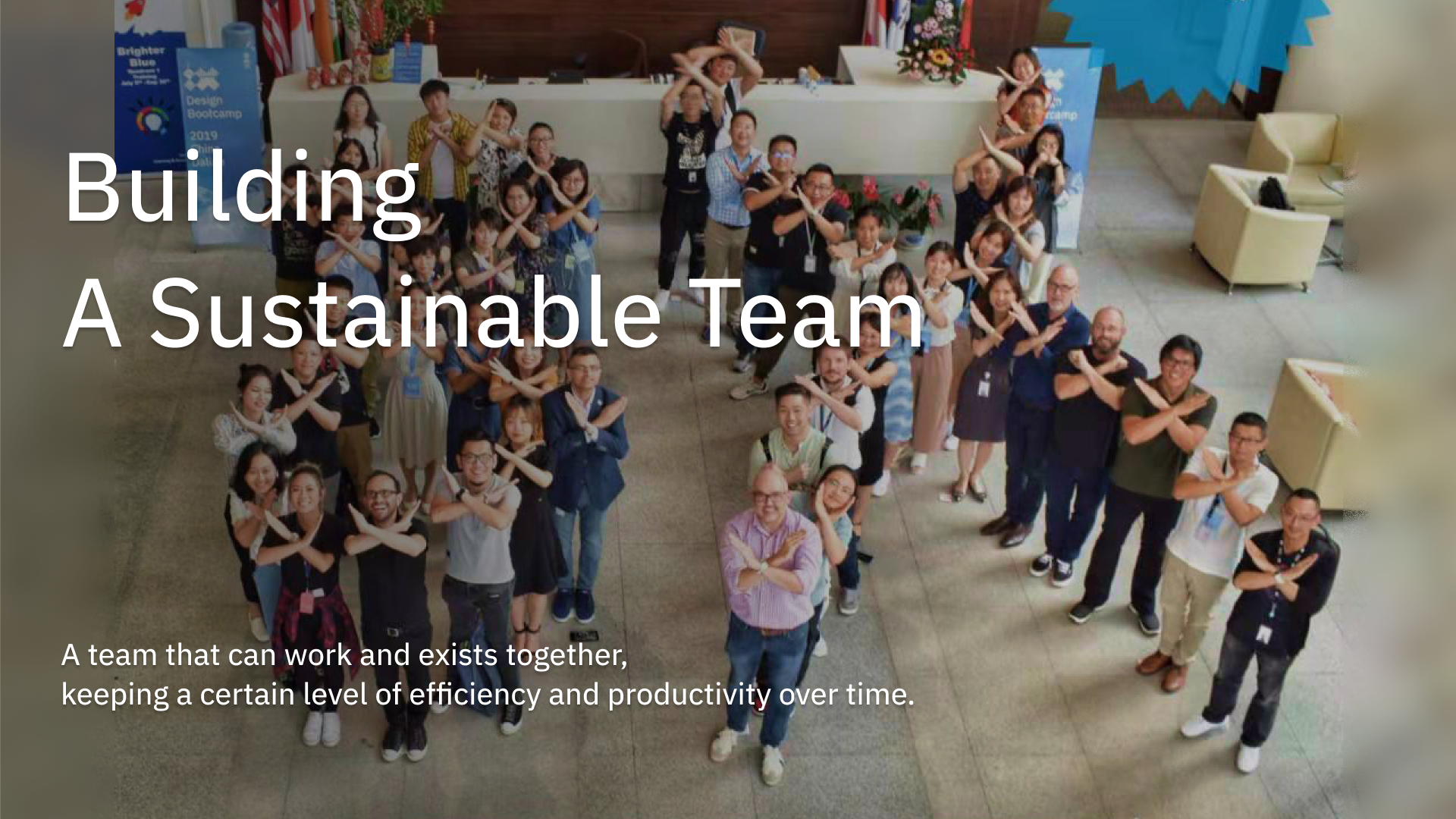 Build a sustainable team
Build a sustainable team
-
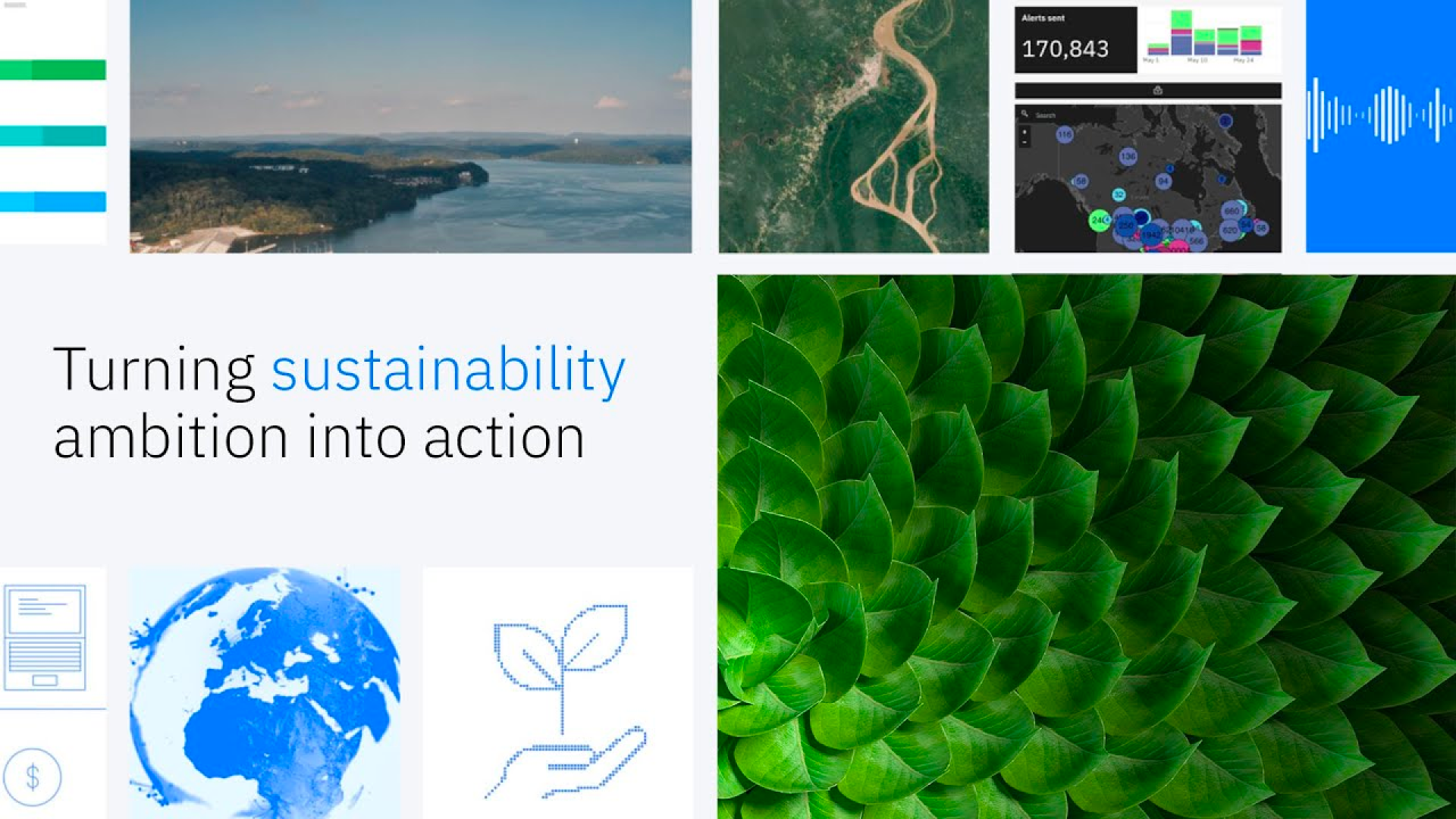 Ibm Sustainability Accelerator
Ibm Sustainability Accelerator
-
 IBM Impact_ IBM Sustainability Solution
IBM Impact_ IBM Sustainability Solution
-
 Sustainable Design Thinking Toolkit
Sustainable Design Thinking Toolkit
-
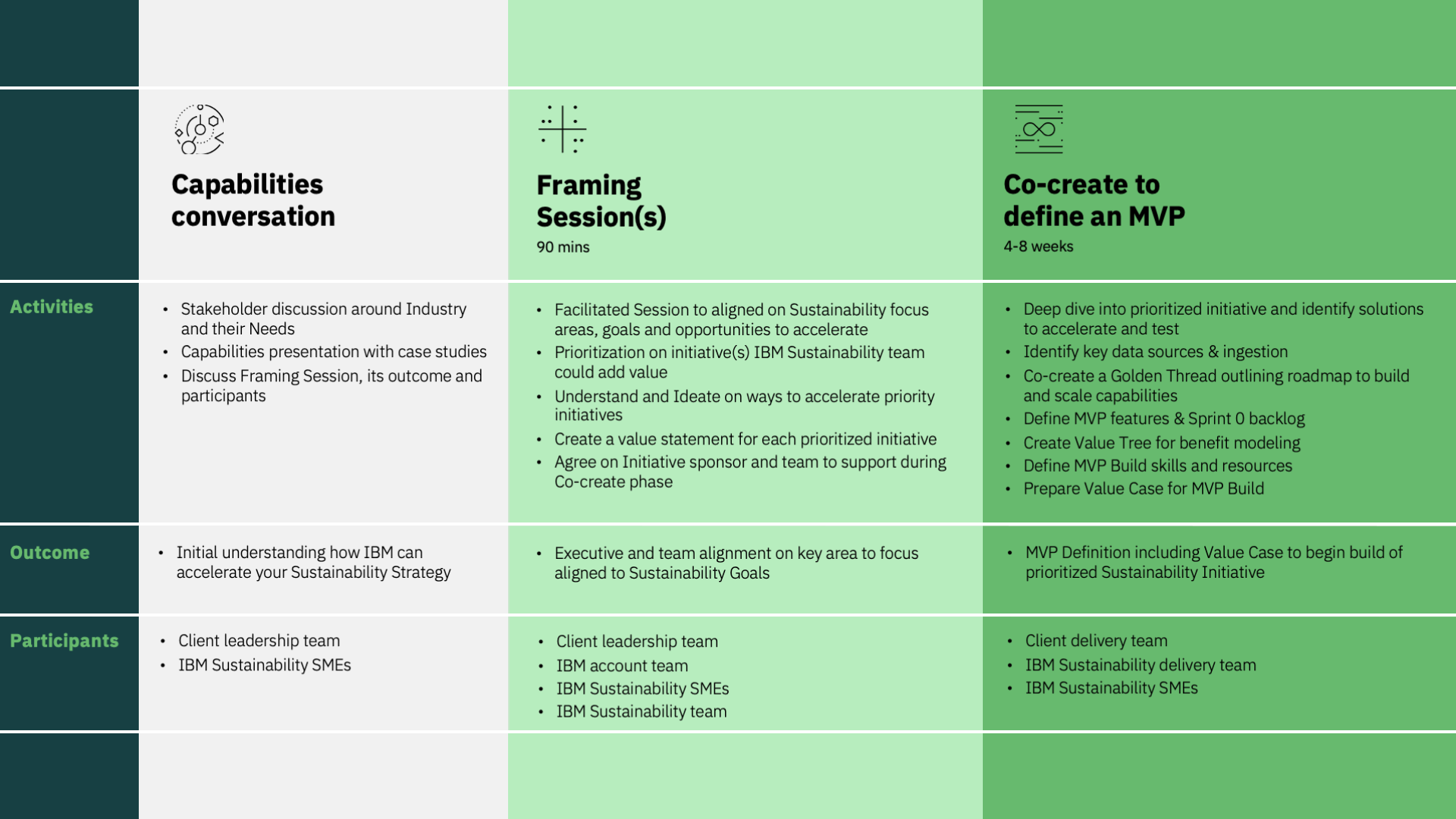 IBM Garage for Sustainability
IBM Garage for Sustainability
-
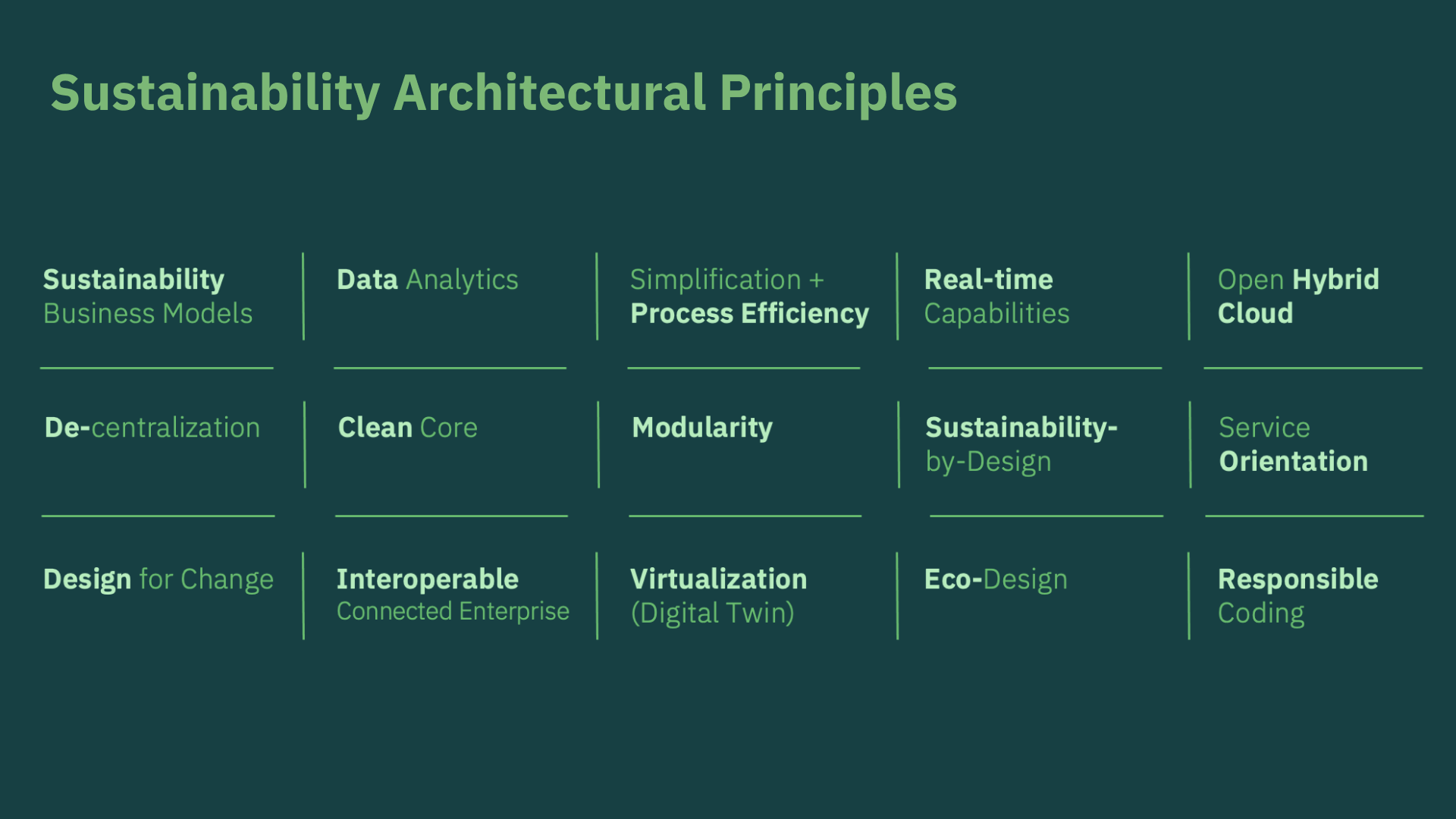 Sustainability Architectural Principles
Sustainability Architectural Principles

